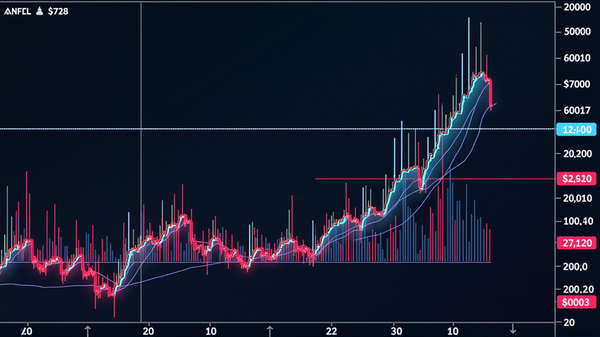Mortgage Servicing Rights Move From Survival to Strategic Play
Mortgage servicing rights trades are evolving from survival sales to strategic management with a focus on quality, presenting new opportunities.

In recent years, the landscape of mortgage servicing rights (MSR) trading has undergone a significant transformation. According to industry experts, what was once a domain driven largely by necessity sales has now evolved into a more sophisticated arena of strategic portfolio management. This pivotal shift highlights the changing dynamics and the emerging opportunities for servicers and investors alike.
A New Era of Strategic Deals
During the turbulent years of 2022 and 2023, the MSR market was characterized by high-velocity trading, as companies sought to shore up their financial positions. However, as Nick Letica, the Chief Investment Officer at Two Harbors Investment Corp, articulated during the IMN’s Mortgage Servicing Rights Conference, today’s market is vastly different. Trades are being conducted with a strategic intent, enabling organizations not just to survive but to thrive through calculated, quality-driven choices.
In practice, Letica referenced how Two Harbors capitalized on this approach by selling $30 billion in unpaid principal balance to forge a new client relationship, emphasizing their shift towards strategic asset retention.
Quality and Risk Navigation
On the origination forefront, the scenario is evolving with a keen focus on loan quality. As Preetam Purohit of Embrace Home Loans noted, higher quality loans are quickly snapped up by correspondent lenders. This curation of quality risks leaving a lower caliber of assets in the bulk market, necessitating careful risk assessments and strategic management to maintain portfolio health.
Behavioral Changes and Technology Advances
One notable trend influencing this strategic shift is the behavior of originators and subservicers—highlighted by Vince Zenner from Rate. The aggressive pursuit of refinancings to recapture borrowers is driving infrastructure and technology investments, reshaping MSR portfolio dynamics.
Despite these evolving strategies, the need to adapt prepayment modeling persists. Zenner’s insights into their firm’s jumbo product, boasting over a 90% recapture rate, underscore the financial incentives fueling these market behaviors.
The Future Outlook
From the perspective of financial buyers, like Aaron Wade from Onity Group Inc., COVID-era loans remain exceptionally attractive. These assets, with their lower borrower coupon rates, present lucrative investment opportunities due to their pricing and profile appeal.
However, the market’s concentration, especially within entities like Ginnie Mae, illustrates ongoing challenges amidst this expanding landscape. Consequently, as rates may continue to decline, as revealed by MCT’s MSR Market Monthly Update, the strategic maneuvers witnessed today could prove crucial for sustainable growth and market leadership in the future.
Through strategic realignment and quality focus, the mortgage servicing rights sector is poised for a promising trajectory. Servicers and investors with the foresight to embrace these changes stand to benefit from significant growth and resilience in this competitive space.
According to HousingWire, this article provides insight into the evolving strategies within the mortgage servicing rights sector.





